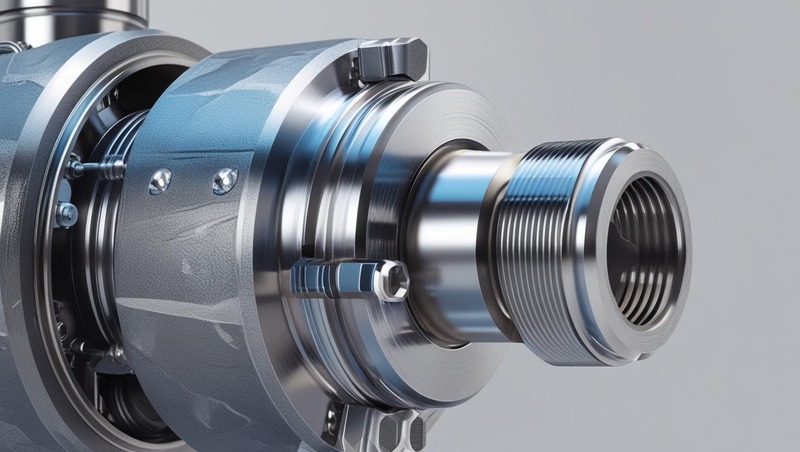The differential pressure transmitter market is entering a transformative phase, driven by rapid technological advancements that are enhancing sensor accuracy, reliability, connectivity, and intelligence. Widely used for monitoring flow, level, and pressure in critical processes across industries such as oil & gas, chemical, water treatment, power generation, and pharmaceuticals, these transmitters are now benefiting from a new generation of innovations aimed at meeting the rising demands of smart and connected industrial environments.
One of the most significant technological developments in the market is the shift toward digital and smart transmitters. Modern differential pressure transmitters now come equipped with embedded microprocessors that allow for real-time diagnostics, digital communication protocols, and remote calibration. Protocols such as HART, Foundation Fieldbus, and WirelessHART are enabling seamless integration with industrial control systems, simplifying asset management and enabling predictive maintenance strategies. This evolution is particularly crucial in complex and distributed infrastructures like oil refineries and large-scale chemical plants.
Download PDF Brochure @ https://www.marketsandmarkets.com/pdfdownloadNew.asp?id=937

Another major advancement is the adoption of wireless communication technologies. Wireless differential pressure transmitters eliminate the need for extensive wiring, reducing installation costs and enabling greater flexibility in system design. This innovation is especially beneficial in remote or hard-to-access locations, such as offshore oil rigs and hazardous industrial environments, where wireless solutions improve both operational efficiency and worker safety.
Artificial Intelligence (AI) and machine learning (ML) are further shaping the future of the market. These technologies are being integrated into transmitter systems to enable smart analytics and real-time decision-making. By continuously monitoring trends and patterns in pressure data, AI-enabled transmitters can identify deviations, predict failures, and recommend corrective actions, all without human intervention. This proactive approach minimizes downtime and helps industries move from reactive to predictive maintenance.
Miniaturization and advancements in microelectromechanical systems (MEMS) technology are also contributing to the market’s growth. New-generation transmitters are becoming more compact, energy-efficient, and capable of operating in extreme environmental conditions. These characteristics open new application areas in sectors such as aerospace, where space and weight constraints are critical, and in next-gen IoT-enabled devices for precision monitoring.
Moreover, the trend toward integration with Industrial Internet of Things (IIoT) platforms is amplifying the utility of differential pressure transmitters. Cloud-based monitoring systems now allow for real-time visibility into pressure data across multiple locations, enabling centralized control and better decision-making. This digital connectivity supports remote troubleshooting and diagnostics, which is increasingly important for large, geographically dispersed operations.
Sustainability and regulatory compliance are also influencing technological innovation in the market. With stricter emission control and environmental monitoring standards, industries are relying more on high-accuracy transmitters to monitor fluid flow and pressure variations in emission control systems and filtration units. These advanced systems help meet compliance goals while ensuring process efficiency and safety.
In conclusion, the differential pressure transmitter market is being propelled by a convergence of digital transformation, AI integration, wireless connectivity, and miniaturized hardware design. These innovations are not only improving measurement performance and operational visibility but also unlocking new growth opportunities in both traditional and emerging application areas. As industries continue their push toward smarter, more autonomous operations, advanced differential pressure transmitters will be central to this next wave of industrial evolution.
